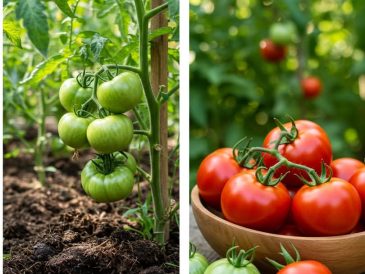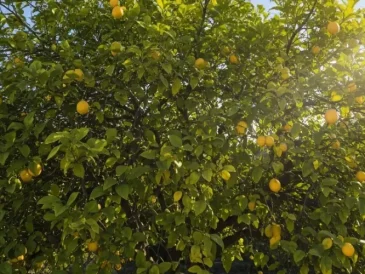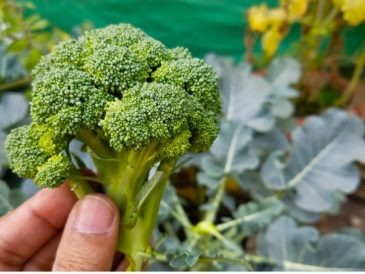I don’t know about you, but parchment paper is my go-to kitchen tool for everything. Cookies that slide off the tray like magic? Check. Veggies that roast perfectly without sticking? Double-check. It’s one of those kitchen hacks that makes life easier.
But then I started to wonder—how safe is it to use parchment paper, especially at high temperatures? That question sent me down a rabbit hole of research, and what I found surprised me. As handy as it is, parchment paper isn’t always the safest choice for cooking. Let me break it down for you.

What’s the Deal With Parchment Paper?
Parchment paper gets its magic from coatings like silicone or quilon, which make it heat-resistant and nonstick. Sounds great, right? The problem is that these coatings can start to break down at high temperatures.
For instance, silicone-coated parchment paper is safe up to around 420–450°F, depending on the brand. But crank your oven past that, and you risk the coating breaking down, potentially releasing harmful fumes. If you’ve ever roasted something at high heat and noticed a weird smell, that might be your parchment paper waving the white flag.
Quilon, another common coating, is even more concerning. It contains chromium, a heavy metal that can leach into food under certain conditions. While it’s becoming less common, some parchment paper brands still use it.

High Heat: The Hidden Danger
Let’s be honest—how often do you actually check the temperature limit on your parchment paper? I know I didn’t for years. But cooking with parchment paper at temperatures higher than recommended can lead to trouble.
For starters, the paper can scorch, which isn’t just annoying—it’s dangerous. I once roasted veggies at 475°F, and my parchment paper turned brown and brittle. It didn’t catch fire, but it gave me a good scare. And even if it doesn’t burn, high heat can degrade the coating, leaving microscopic particles in your food. Not exactly appetizing, is it?
Alternatives That Are Just as Easy
Don’t worry, you don’t have to give up the convenience of parchment paper entirely. There are safer, equally effective alternatives that will keep your food nonstick and your conscience clear.

Silicone Baking Mats
Silicone mats are a game-changer. They’re reusable, easy to clean, and can handle high heat without breaking a sweat. I’ve had mine for years, and they’re still going strong. Bonus: they’re eco-friendly, so you’re helping the planet while you bake.
Unbleached Parchment Paper
If you prefer to stick with parchment paper, opt for unbleached versions. They’re usually free from quilon and chlorine, making them a safer choice for your kitchen. Just make sure to stay within the recommended temperature range.
Aluminum Foil with Oil
For roasting, aluminum foil brushed with a little oil works like a charm. It’s sturdy, heat-resistant, and keeps food from sticking. Just avoid using it with acidic foods like tomatoes, as the aluminum can react and affect the flavor.
A Good Old Greased Pan
Sometimes, the simplest solution is the best. A greased pan does the trick for baking and roasting. Sure, it adds an extra step, but it’s chemical-free and reliable. Plus, a little butter or oil never hurt anyone!

Environmental Considerations
Here’s another thing to think about: waste. Most parchment paper is single-use, which means it ends up in the trash after one baking session. And if it’s coated, it’s probably not compostable.
Switching to reusable options like silicone mats isn’t just better for your health—it’s better for the environment too. It’s a small change that adds up over time.
So, Should You Still Use Parchment Paper?
Look, I’m not saying parchment paper is evil. I still use it for certain things, like lining cake pans or wrapping food for steaming. But I’ve learned to be more cautious, especially when cooking at high heat.

Think of it like this: parchment paper is that friend who’s great at parties but might bail when things get intense. It’s handy, but not always reliable. By mixing in some of these alternatives, you can make your kitchen safer without sacrificing convenience.
So next time you grab that roll of parchment paper, just take a second to think. Is it the best tool for the job? Or could one of these alternatives be a better choice? Your food—and your peace of mind—might thank you.




